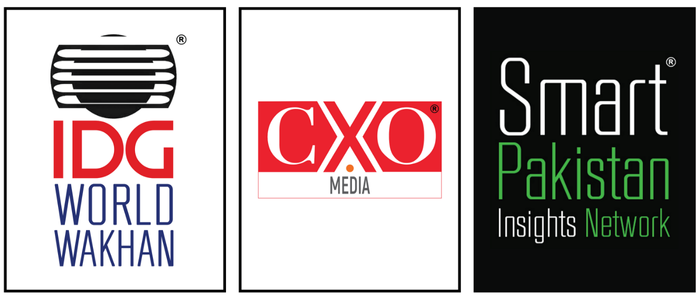In a series of statements, high-ranking government officials have expressed optimism about the future of Pakistan’s information technology (IT) exports. Former Minister of Information Technology, Syed Aminul Haque, aimed to elevate Pakistan’s IT exports from the current $2.6 billion to an ambitious $15 billion. The current caretaker minister, Dr. Umar Saif, shares a similar determination, targeting exports in the range of $10-20 billion.
These optimistic projections stem from the IT sector’s remarkable performance in recent years. With a compound annual growth rate (CAGR) of 30 percent, Pakistan’s IT sector has witnessed a phenomenal 178 percent growth over the past five years, surpassing other local industries and even the textile sector.
The surge in IT exports was partly a result of COVID-19 restrictions, prompting a shift to online tasks. From $1.29 billion in 2019, IT exports grew to $2.45 billion in 2021. This growth spurred the country’s youth to acquire IT skills, leading to a boom in freelancing and further elevating the sector’s expansion.
Despite these achievements, the IT sector has encountered stagnation in the current fiscal year. To reach the ambitious $10-20 billion export target, the government has approved a plan outlined by the Ministry of IT and Telecommunications. The plan includes leveraging 200,000 under-training IT professionals to generate $5 billion in export outputs and providing co-working facilities for 500,000 freelancers, contributing an additional $3 billion.
However, achieving these goals requires consistency in government policies, particularly in taxation. Frequent changes in the taxation regime have impacted investor confidence, leading some companies to relocate operations outside of Pakistan. Ensuring policy stability is crucial for industry growth.
A significant hurdle has been the restriction on the retention of export proceeds in special foreign currency accounts. While recent easing allows retaining 50 percent of foreign exchange earnings, there is still reluctance among entities to keep 100 percent of their foreign earnings in Pakistan.
Consistency in taxation and flexible banking policies are essential for an enabling business environment, attracting foreign investors and fostering nation branding. Political stability is equally critical for facilitating foreign direct investment, sustaining sector development, and ensuring overall economic growth.
The government’s Special Investment Facilitation Council (SIFC) aims at nation branding, but success hinges on a sound political environment and structural reforms for ease of doing business. Prioritizing measures that positively impact the IT sector’s export output is crucial.
After creating an enabling environment, channeling investment into research and development (R&D) becomes imperative. Diversifying from services-based IT exports to the production of tech products can enhance sustainability. Collaboration with the West and China on tech initiatives and involving the private sector in innovating defense products are key strategies.
In conclusion, Pakistan should prioritize a step-by-step approach for sustainable IT sector growth. Addressing political stability, structural taxation and banking reforms, standardizing the tech ecosystem, and attracting foreign investment in R&D are crucial. With proper planning and execution, the IT industry can contribute significantly to fixing the current account deficit and shaping Pakistan’s financial future within a decade.





